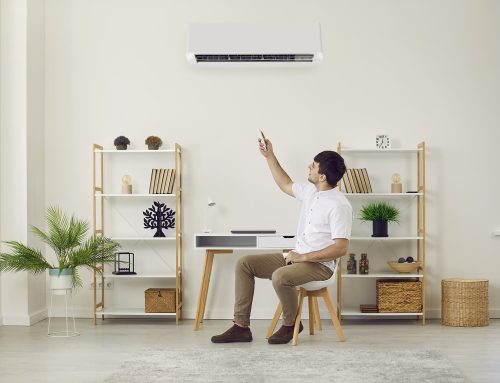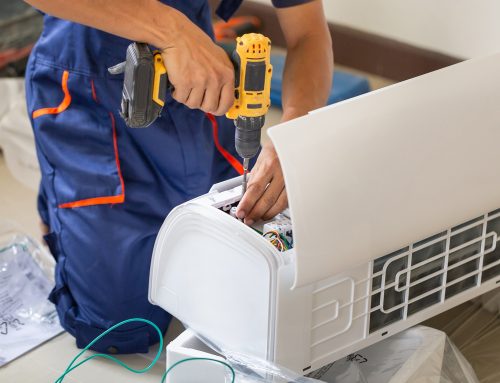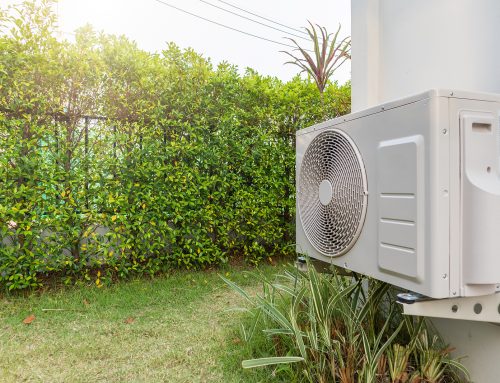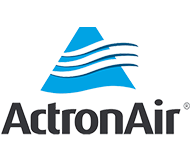Let’s face it: how many of you reading actually care to learn how your air conditioning works?
Odds are, not many! The moment your newly purchased air conditioner is installed in your home, all you care about is how comfortable your room is now. As long as it works, you don’t need to understand the “how”.
However, when your systems fails, even a basic understanding of the principles powering your A/C can help you figure out the problem while you wait for air conditioning repairs.
If you want to understand the mechanisms that power your cooling (and more accurately point the repairman towards the issue), we encourage you to read on.
What are the main parts of your air conditioner and their functions?
The difference between the indoor and outdoor units
First thing first: with the exception of old-fashioned window-mounted air conditioners, the vast majority of air conditioning in Brisbane is split into two separate parts, each with a different role to play in keeping your home nice and cool.
To start with, there’s the indoor unit, which is responsible for distributing cool air throughout your home. This is the wall-mounted part of your system (in homes with split-systems) or the indoor fan coil unit and ducts (for ducted systems).
In refrigerated systems, the indoor component also performs double duty, taking in warm air for conditioning.
Next up is the outdoor unit, which does all the heavy lifting. This is where the magic happens – warm air is cooled here, meaning any problems with the outdoor unit can lead to your comfort being compromised.
Both of these important parts are connected to one another through ductwork, allowing air to cycle between the indoor and outdoor parts of your system.
Does AC take air from outside?
Yes! Air conditioning systems can take air from the outside OR recirculate air from inside a property. The difference between the two depends on your unique settings. In general, recirculating air can be more efficient, while using outdoor air improves air quality and removes pollutants.
Refrigerant
Without refrigerant, we wouldn’t have air conditioning!
Refrigerant is an essential component of your air conditioning system.
Essentially, the laws of physics tell us that when liquid evaporates, it takes heat with it. This is how sweat cools us down – it’s also the principle that powers most air conditioners in Brisbane.
Refrigerant uses liquid that evaporates at a lower temperature than water – when warm air from inside your home comes into contact with this refrigerant, it evaporates, transferring heat from the air into the vapour.
Needless to say, a refrigerant leak has the potential to seriously affect your comfort, and necessitates immediate air conditioning repairs and refrigerant top-up!
Compressor
The compressor plays a crucial role in the functioning of all air conditioning units. It maintains the circulation of the refrigerant, which is essential for cooling the air.
If your system is blowing out nothing but warm air, it could be an issue with the compressor failing to keep the refrigerant in a useful (read: liquid) state.
In both ducted and split-type air conditioners, the compressor is typically located outside the home to minimise noise and visual clutter. This placement ensures that the compressor can operate efficiently without disturbing a building’s occupants.
Evaporator coil
Like the name suggests, this is where the magic happens!
Evaporative air conditioning systems don’t actually create air – as mentioned above, they remove warmth from air using refrigerant that absorbs heat when they evaporate.
And the evaporator coil is where this reaction occurs.
Naturally, any issues with your evaporator coil can hobble your cooling, leaving you with an air conditioning system that simply pumps out hot air – the last thing you need!
Condenser coil
Think of the condenser coil as the opposite of the evaporator coil – instead of containing cold refrigerant to be warmed up, it contains the hot “used” refrigerant.
Its job? To revert the evaporated refrigerant from vapours back into liquid, which can be reused to continue removing heat from warm air.
Your air conditioning system has a finite amount of refrigerant.
To continue cooling throughout the day, your supply of refrigerant is constantly converted between these two states as needed – something that the condenser is responsible for.
As such, condenser coil problems can lead to insufficient refrigerant supply – a problem that in turn leads to inadequate cooling.
Expansion valve
Also known as a thermostatic expansion valve, the expansion serves as a metering device, regulating the amount of liquid refrigerant coming from the condenser coil.
A fault in this valve can lead to an oversupply or undersupply of refrigerant released into the evaporator – this in turn directly affects your cooling.
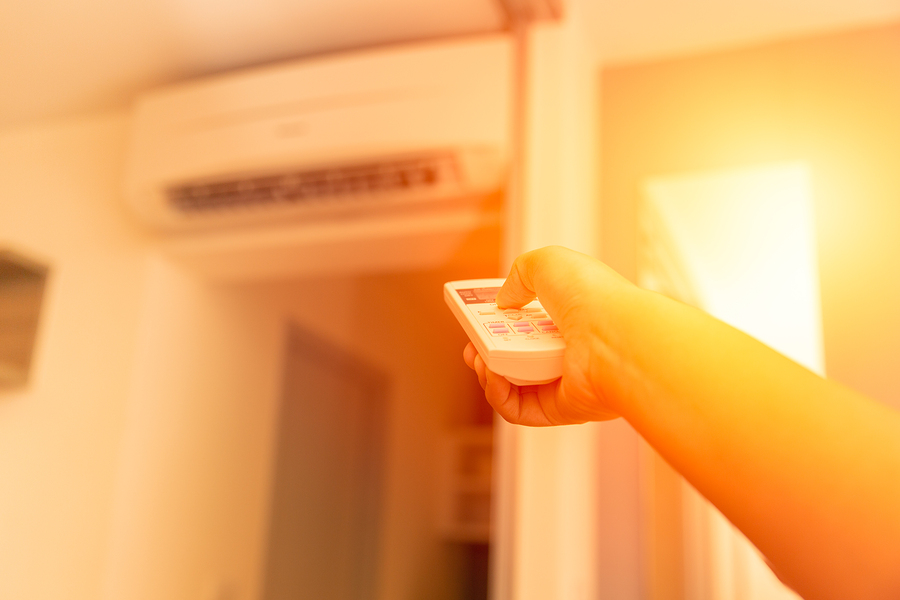
What makes an air conditioner work?
Understanding the cooling cycle of your air conditioning system
Now that you know all the components of your air conditioning system, we can get to explaining how it all works together.
No matter the brand, refrigerated air conditioning systems function like so:
- You turn on your air conditioner
- The compressor starts circulating refrigerant, moving it from storage to the evaporator coil
- At the same time, your air conditioner starts drawing in warm air from your home
- Once in the evaporator coil, refrigerant comes into contact with warm air
- Refrigerant evaporates, taking heat away with it
- “Used” refrigerant is to the condenser coil, where it’s converted back into liquid for further cooling
Ever wondered how your HVAC system doubles as a heating unit? Simple: your system simply reverses this process!
Any issue with these important components can result in your system failing to perform, and a hot, uncomfortable evening.
The only way to stay cool is to ensure that the entirety of your system is well-maintained, and functioning as it should.
And if it stops working as intended, it may be time to book an air conditioning repair in Brisbane!
Brisbane’s unique climate: why humidity matters
If you’re living in Brisbane, you’re well aware of the region’s unique climate, marked by mild weather year-round. However, one factor that significantly affects how you’ll use your air conditioning is the high humidity.
The subtropical climate in Brisbane means the city often experiences high levels of humidity, especially during the summer months. High humidity not only makes the heat feel more oppressive but can also make your air conditioning system work harder to maintain a comfortable indoor environment.
It’s essential to consider this factor when choosing and using your air conditioning system. Systems with built-in dehumidifiers or ones specifically designed to work efficiently in humid conditions can make a world of difference to both your comfort and energy bill.
With high humidity levels, even the best air conditioning system might struggle if not chosen wisely or maintained properly. A well-suited and well-maintained system can help you combat both the heat and high humidity effectively, thus ensuring your comfort without blowing up your energy bills.
Don’t sweat it – Tri-Tech it
Your expert team for air conditioning repairs in Brisbane
Fed up with an air conditioning unit that’s failing to keep you cool? Give Tri-Tech a call – we’ll get to the bottom of the issue!
Our experienced team can identify issues with any part of your air conditioning system, ensuring that you continue to enjoy air conditioned comfort all year-round.
Whether it’s air conditioning repairs, an upgrade to your old system or a new installation for your new build, our team can help.
Call (07) 3394 0222 or get in touch with our mobile tech team!


